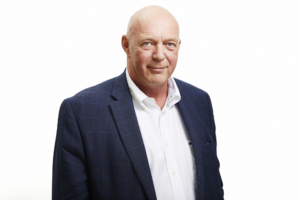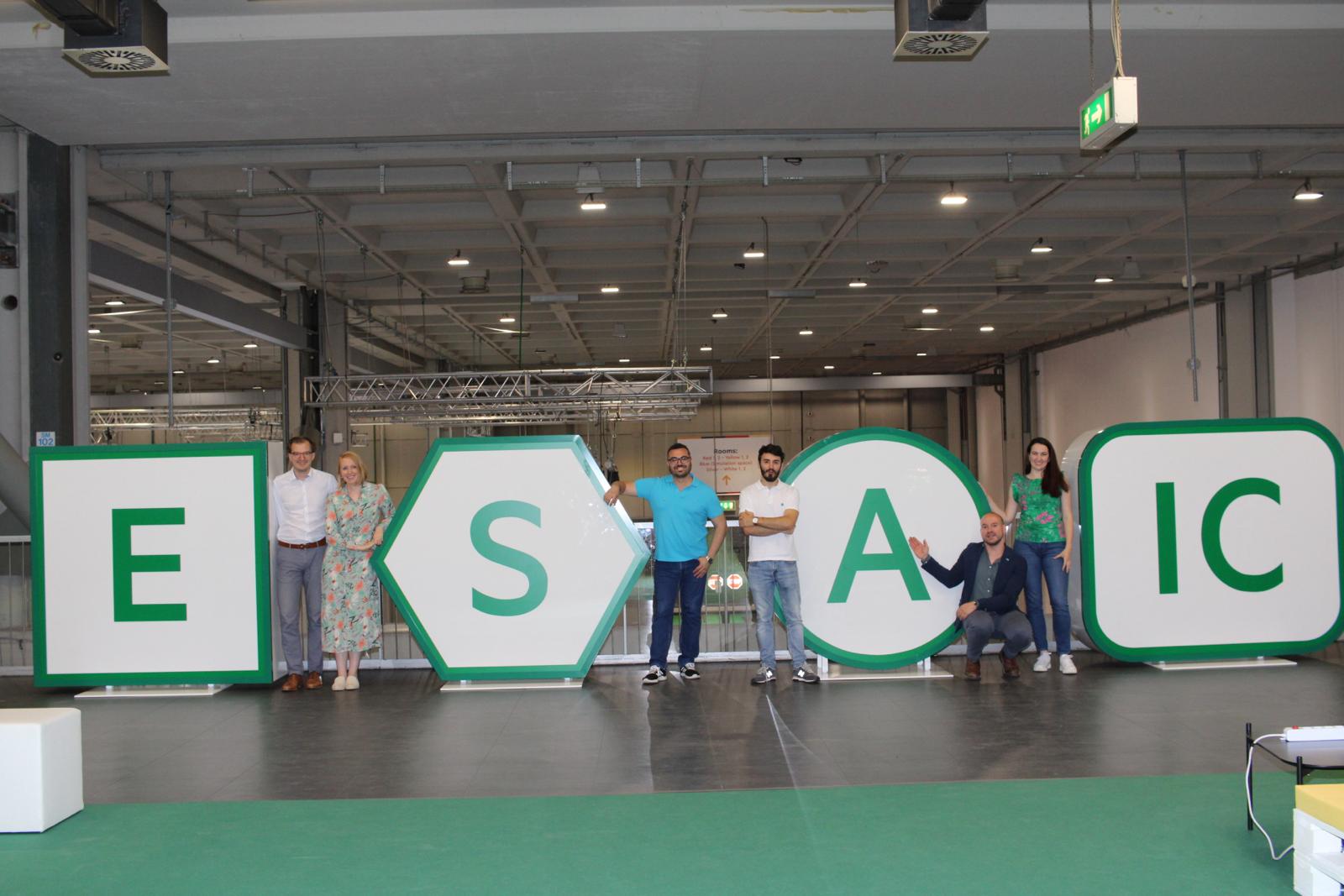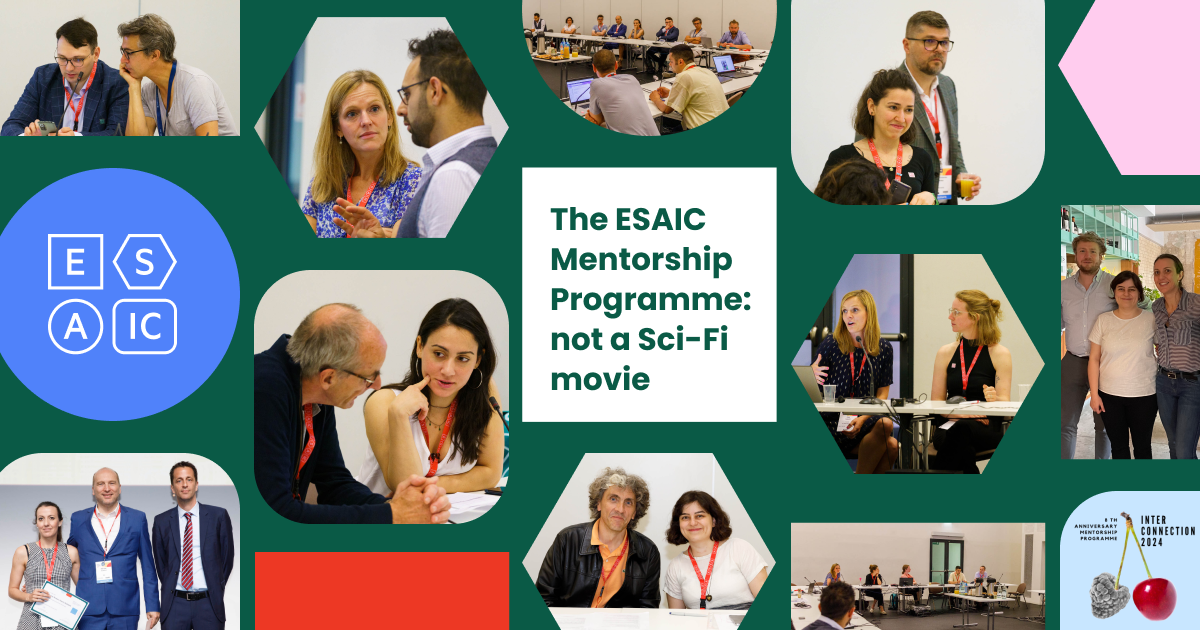ESAIC News
EA20 Newsletter: Honorary member 2020: Prof Andreas Hoeft
Honorary member 2020: Prof Andreas Hoeft
Note from ESAIC Board of Directors and Staff: we must sadly inform you that Professor Hoeft passed away on November 24, just days before our congress. We pay our sincerest condolences to Prof Hoeft’s family.
This interview was conducted by Professor Hoeft in the weeks leading up to the congress, and he asked that it be published after his passing. As the interview shows, he has made a huge contribution to ESAIC and its predecessor organisation the ESA over many years, including leading our Research Committee for the last decade, and leading on the launch of our Clinical Trial Network (CTN), helping this new research-focused part of ESA produce and publish many practice-changing clinical trials, including in major journals.
For the past three years, he has also been the Scientific Chair for Euroanaesthesia, ensuring, along with our individual sub-committees, delegates received the most varied and interesting programme possible. Andreas also led these efforts for this current congress, and we believe the content of this first-ever online Euroanaesthesia – including many quickly-arranged COVID sessions to reflect the current emergency – are a fitting tribute to him.
In addition to all of this, he was a much-respected colleague with a dry sense of humour and was always happy to work with and guide more junior colleagues. A full tribute will be published in due course. Andreas has been a very familiar and friendly face known to many at ESAIC and Euroanaesthesia, and we will all miss him dearly.
Prof Kai Zacharowski (ESAIC President), Prof Stefan De Hert (ESAIC Immediate Past President), and the ESAIC Board of Directors and Staff.
Interview
Professor Andreas Hoeft has served in many roles at ESA (now ESAIC), including the last three years as Scientific Chair and as a member of the Executive Board over the past decade. In view of his outstanding contributions to the Society, he has been awarded with an Honorary Membership. Here, he reflects on a long and successful career.
Q: This year we are doing the first-ever online-only edition of Euroanaesthesia. How do you feel about everything going online Andreas?
A: My personal belief is that going online is a great opportunity. As in many areas of life, COVID-19 is an accelerator for the developments in society. Even when we have overcome it many of the changes will stay. Also, for ESAIC, it forced us to do steps forward we would have not imagined before. The online meeting has the chance to attract many more participants than before. Euroanaesthesia will be affordable for many more colleagues. The price is the social component, which always has been very important. Yet we must also acknowledge there is nothing which finally can replace the face-to-face meetings in the lecture halls, in the industry exhibition, at a cup of coffee, for dinner, at the bar in the hotel. I see the future in hybrid meetings, where we can try to take the best of both formats.
Q: COVID-19 has disrupted our home lives, our professional lives, everything about our lives. How have things been at your own hospital in Bonn, Germany?
A: At my hospital we sailed relatively smoothly through the first wave and are now in the middle of the second. For us, it was easy as Bonn hasn’t been one of the hot spots. Another privilege in Germany is that we are world champions with intensive care beds (at the beginning of the pandemic 28/100,000, now 34/100,000), for whatever reason. Thus, at my hospital, we had rarely to close down ORs during the first COVID-19 wave. But in most European countries that is very different with 10 beds / 100,000. Already during the first wave we, therefore, took patients from other European countries (Italy, France, Netherlands) and we will continue to help now in the second wave.
So there was no reason to panic, at least not for me. Like everywhere, we created taskforces and developed a step-by-step plan, as we saw it coming early enough. We only initiated step 2 out of a possible 4 during the first wave. The plans are still there and constantly updated. We will see what we need now during the second wave, which is already higher than the first.
Q: This year sees you completing your third and final year as Scientific Chair at the Society. Can you give our delegates an idea about how much work goes into each year’s scientific program?
A: A lot, each program is the product of the huge efforts of many colleagues and myself! For the scientific program alone we have three full-time employees at ESAIC headquarters, and these colleagues are very experienced and are just a pleasure to work with. The main secret, however, is the infrastructure, which we have created over the years. The Scientific Committee is comprised of 19 Scientific Subcommittees. These small groups make suggestions for the program for their specific subspecialties, which is then finally furnished with all the chairs of the subcommittees in a kind of transparent democratic process based on the scoring of the suggestions. We have refined this process over previous years and we will continue to do so.
Q: The COVID-19 pandemic has especially affected the work of our members. You have quickly managed to incorporate some very interesting sessions on COVID-19 into the program. Was this a lot of additional work, how did you decide what kind of things to include?
A: This year we had a special task force for the COVID-19 topics. We asked all our scientific sub-committees to submit COVID-19 related proposals, that the task force has rapidly reviewed in order to choose the sessions to be presented at Euroanaesthesia.
The whole process took only a month, while normally it’s a 6-month process. Indeed, it was an extra burden for our committee members and staff, but it was necessary to add those sessions and create a special Learning Track on COVID-19. Everyone involved put in the extra work to make these sessions possible.
We are about to launch the same process for next year’s congress.
Q: How did you first become involved with ESA (now ESAIC?)
A: Many years ago. It was at the very beginning of the ESA when a German colleague, Hans Priebe, who later became President of ESA, asked me whether I would like to join. I was one of the first members of ESA.
Q: Tell us some of your highlights as Chair of the ESA Research Committee. ESA’s Clinical Trial Network (CTN) has produced some major studies throughout your time in charge.
A: Indeed, the CTN is most likely the greatest achievement which we developed during my time as ESA Research Chair. The success was much greater than we ever imagined at the beginning. We could convert the pure size and number of our members into a scientific success. The paradigm was and still is “lean and mean”, that is, the effort for each site has to be small enough to integrate it into the clinical routine. When every research site is contributing a small well-designed case report form, you end up with large significant studies. Finally, not only many significant publications appeared in major journals, but we also made worldwide recognised contributions to advances in patient care. But equally very important: the CTN created also a new spirit in the ESA. Now many engaged colleagues, who before would rarely have a chance to contribute to science and research, grabbed this chance to become a researcher in addition to their clinical work.
Out of this, we were even able to create the Academic Contract Research Organization. In fact, this might be another great opportunity for ESAIC not only to generate income but also to contribute to advances in patient care.
Q: Anaesthesia has changed a lot throughout your career. Can you remember administering your first general anaesthetic? What would you say are the biggest changes in the field during your career?
A: Sure, I can remember my first cases. Basically, the biggest changes occurred in monitoring. Forty years ago we had no pulse oximeter, no NIBP, no endtidal CO2, no BIS. The most recent important development is from anaesthesiology alone to perioperative medicine. We realise that it requires a bigger picture with more emphasis on patient safety to further advance the already high standards in anaesthesia.
Q: You step down as Scientific Chair, and also from our Board of Directors, as one of our most respected colleagues. How does it feel to have your service recognised with an Honorary Membership?
A: Simple: An Honorary Membership is a great honour!
Read More of our special newsletter covering our virtual congress
Visit our COVID-19 Resource Hub for other news and resources.











